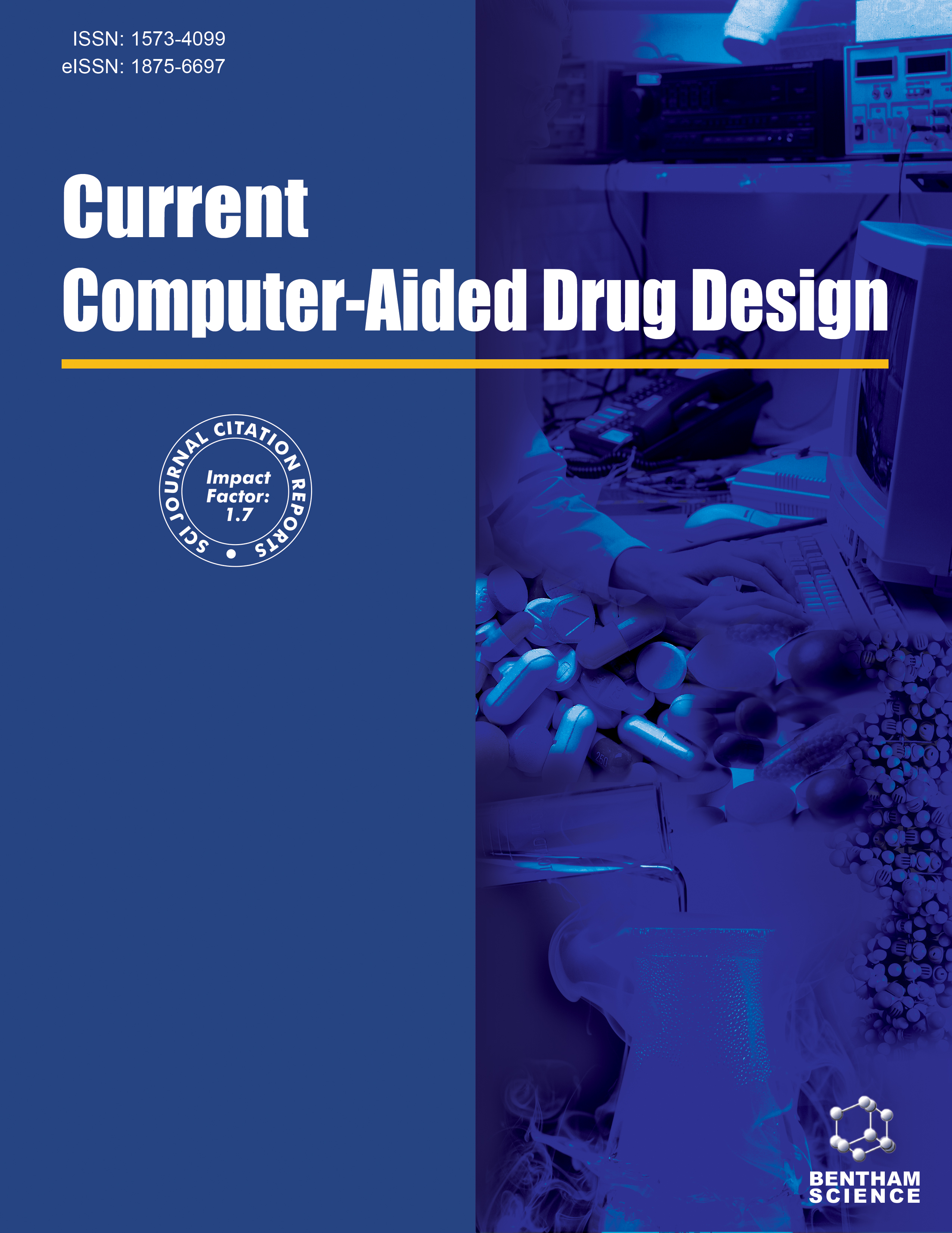
Full text loading...
We use cookies to track usage and preferences.I Understand
Sepsis-related acute respiratory distress syndrome (ARDS) is a fatal disease without effective therapy. Kaempferol is a flavonoid compound extracted from natural plant products; it exerts numerous pharmacological effects. Kaempferol attenuates sepsis-related ARDS; however, the underlying protective mechanism has not been elucidated completely.
This study aimed to use network pharmacology and experimental verification to investigate the mechanisms by which kaempferol attenuates sepsis-related ARDS.
We screened the targets of kaempferol by PharMapper, Swiss Target Prediction, and CTD database. We identified the targets of sepsis-related ARDS by GeneCards, DisGeNet, OMIM, and TTD. The Weishengxin platform was used to map the targets of both kaempferol and sepsis-related ARDS. We created a Venn diagram to identify the intersection targets. We constructed the “component-intersection targets-disease” network diagram using Cytoscape 3.9.1 software. The intersection targets were imported into the STRING database for developing the protein-protein interaction network. Metascape was used for the Gene Ontology (GO) and Kyoto Encyclopedia of Genes and Genomes (KEGG) enrichment analysis. We selected the leading 20 KEGG pathways to establish the KEGG relationship network. Finally, we performed experimental verification to confirm our prediction results.
Through database screening, we obtained 502, 360, and 78 kaempferol targets, disease targets of sepsis-related ARDS, and intersection targets, respectively. The core targets consisted of tumor necrosis factor-alpha (TNF-α), interleukin (IL)-6, albumin (ALB), IL-1β, and AKT serine/threonine kinase (AKT)1. GO enrichment analysis identified 426 items, which were principally involved in response to lipopolysaccharide, regulation of inflammatory response, inflammatory response, positive regulation of cell migration, positive regulation of cell adhesion, positive regulation of protein phosphorylation, response to hormone, regulation of reactive oxygen species (ROS) metabolic process, negative regulation of apoptotic signaling pathway, and response to decreased oxygen levels. KEGG enrichment analysis identified 151 pathways. After eliminating the disease and generalized pathways, we obtained the hypoxia-inducible factor 1 (HIF-1), nuclear factor κB (NF-κB), and phosphoinositide 3-kinase (PI3K)-Akt signaling pathways. Our experimental verification confirmed that kaempferol blocked the HIF-1, NF-κB, and PI3K-Akt signaling pathways, diminished TNF-α, IL-1β, and IL-6 expressions, suppressed ROS production, and inhibited apoptosis in lipopolysaccharide (LPS)-induced murine alveolar macrophage (MH-S) cells.
Kaempferol can reduce inflammatory response, ROS production, and cell apoptosis by acting on the HIF-1, NF-κB, and PI3K-Akt signaling pathways, thereby alleviating sepsis-related ARDS.

Article metrics loading...

Full text loading...
References


Data & Media loading...

